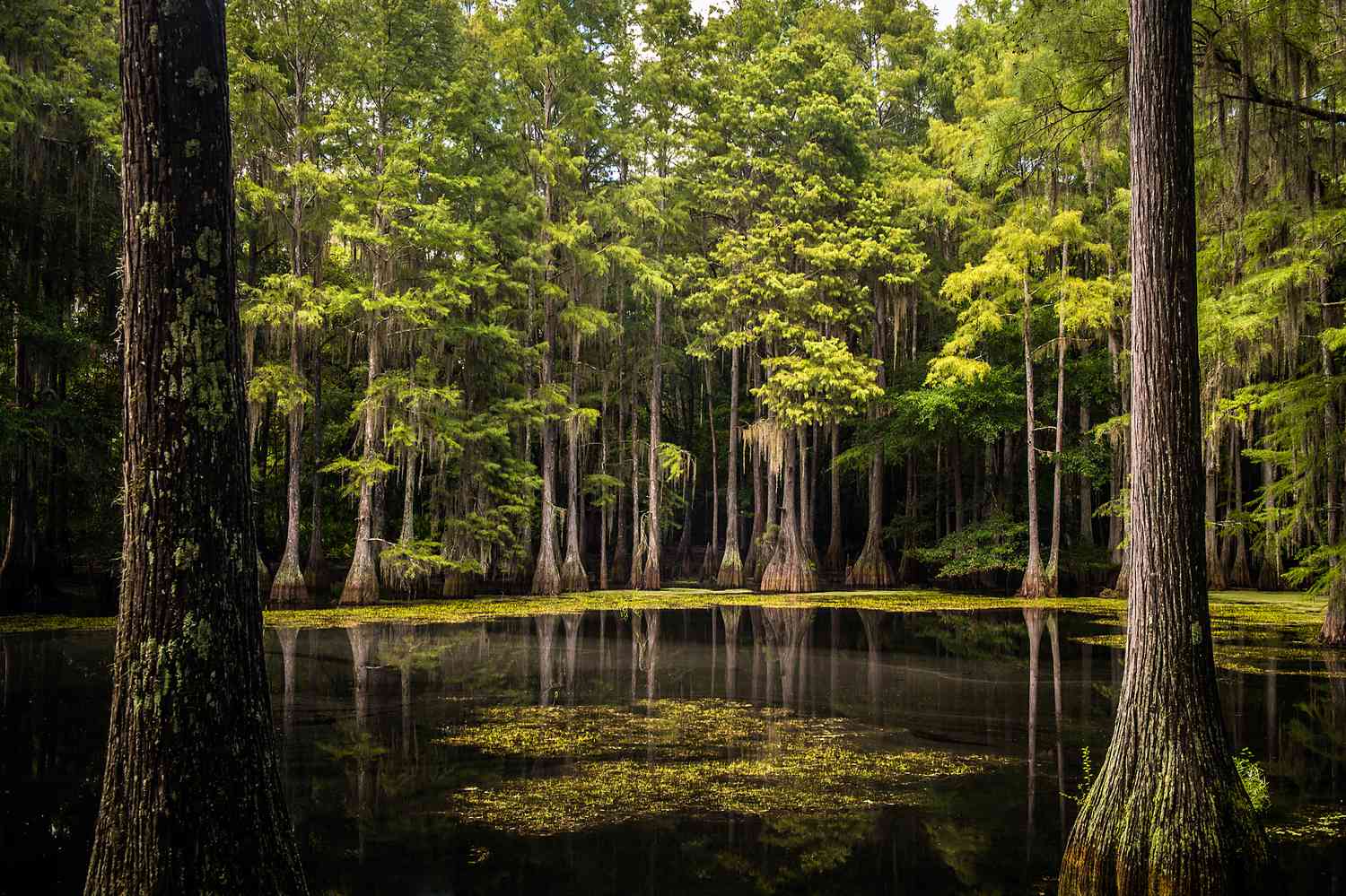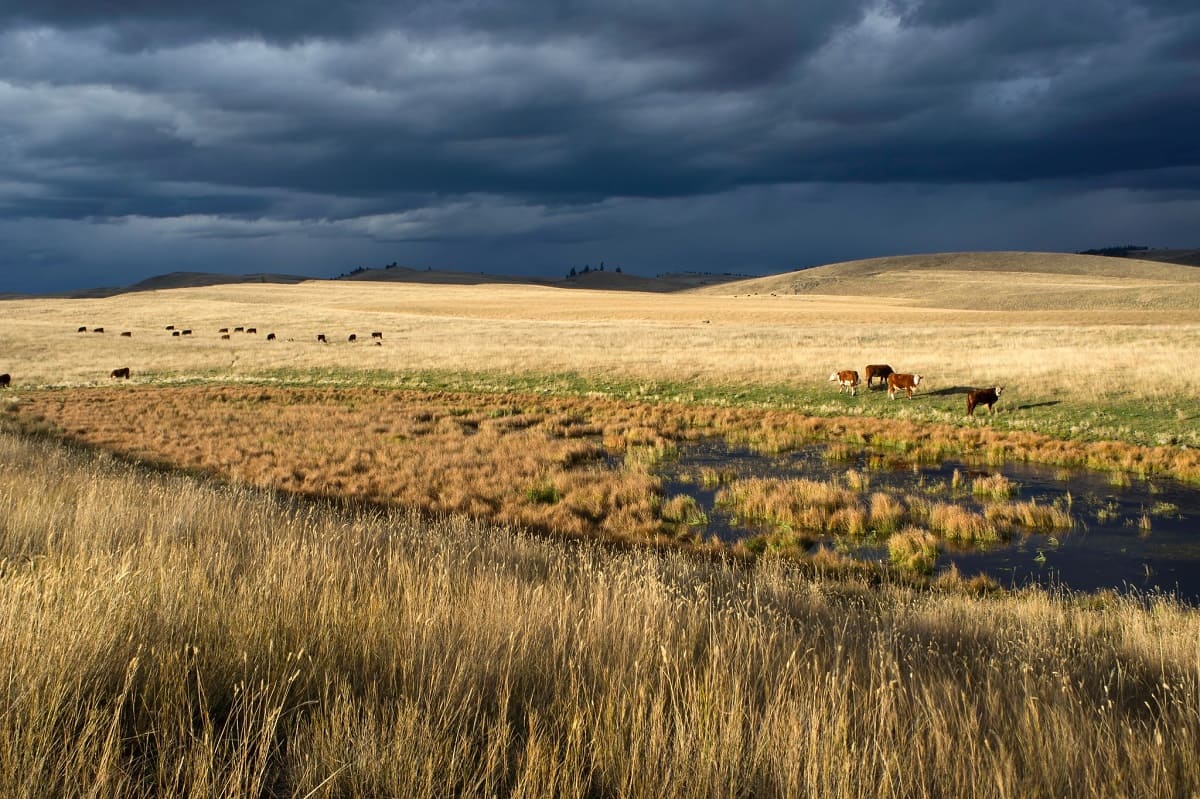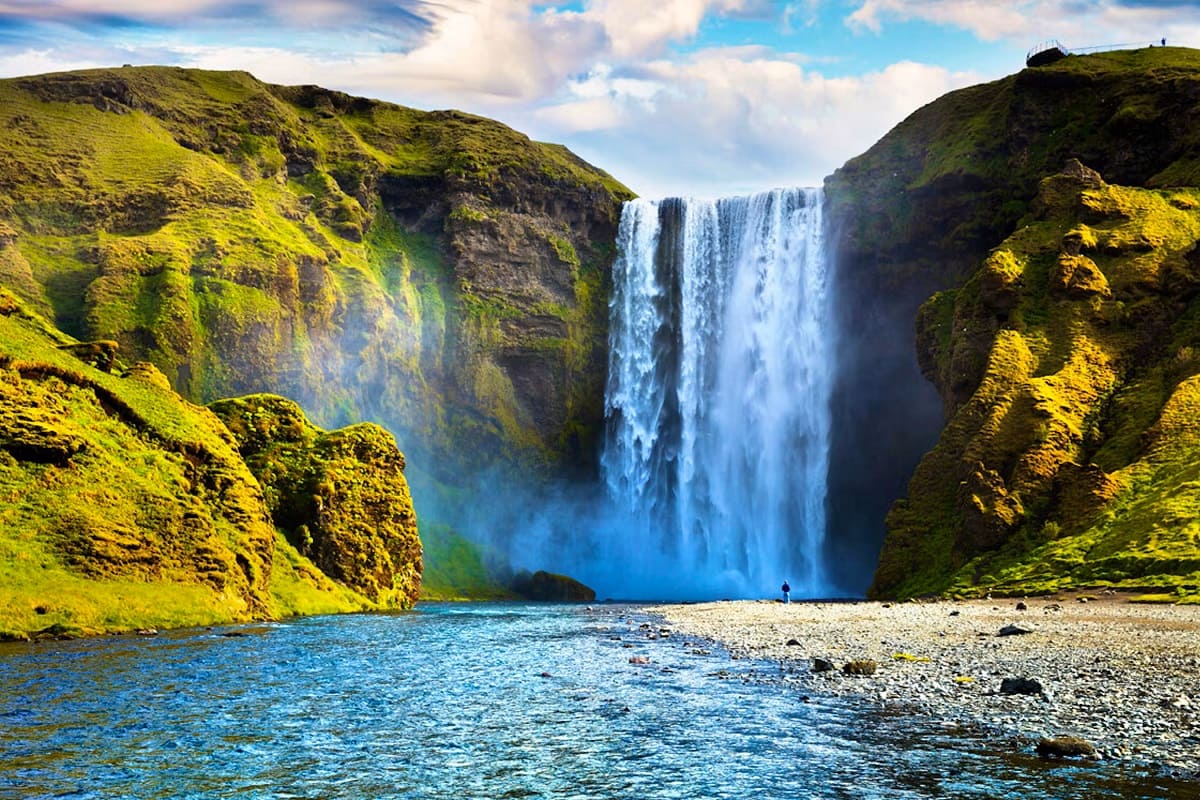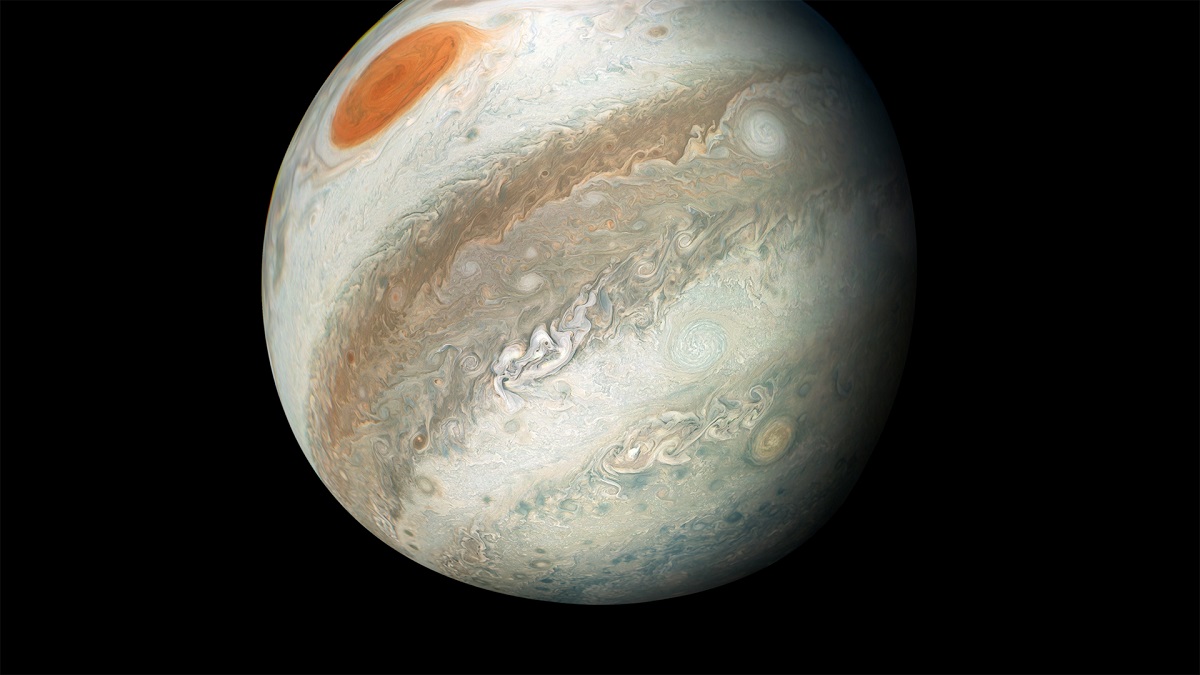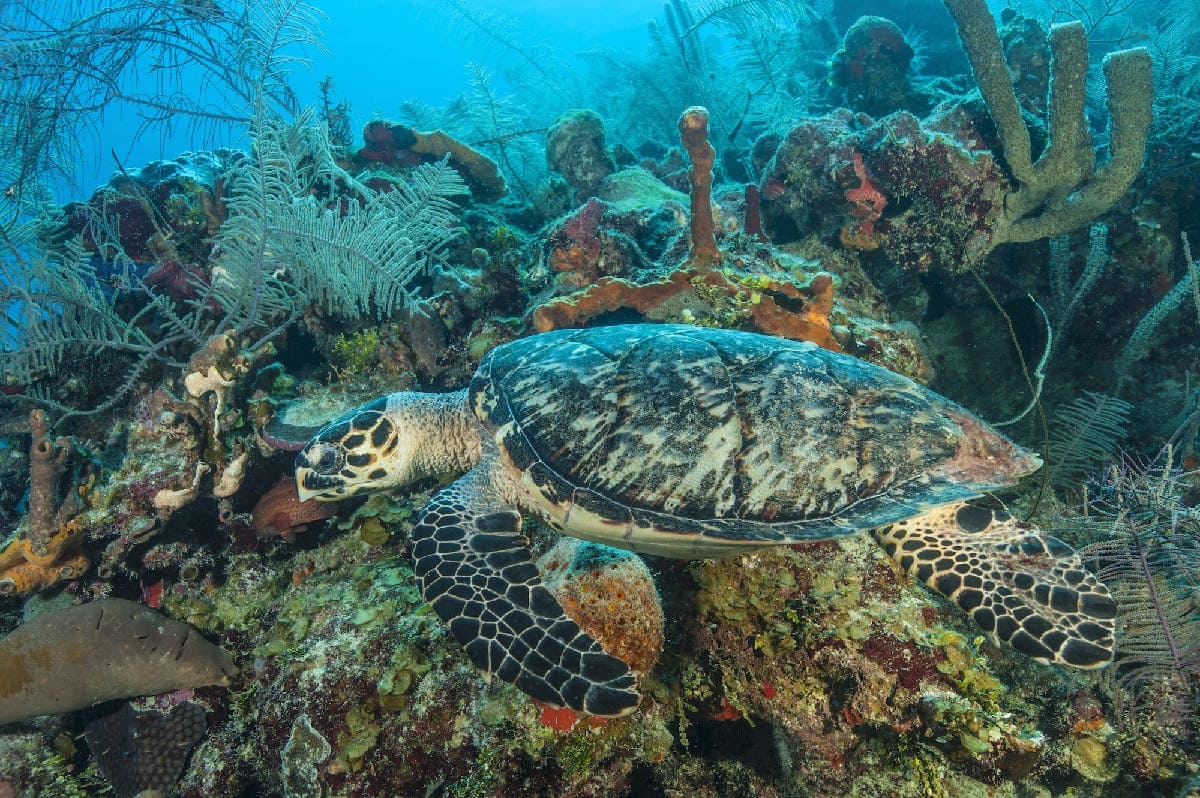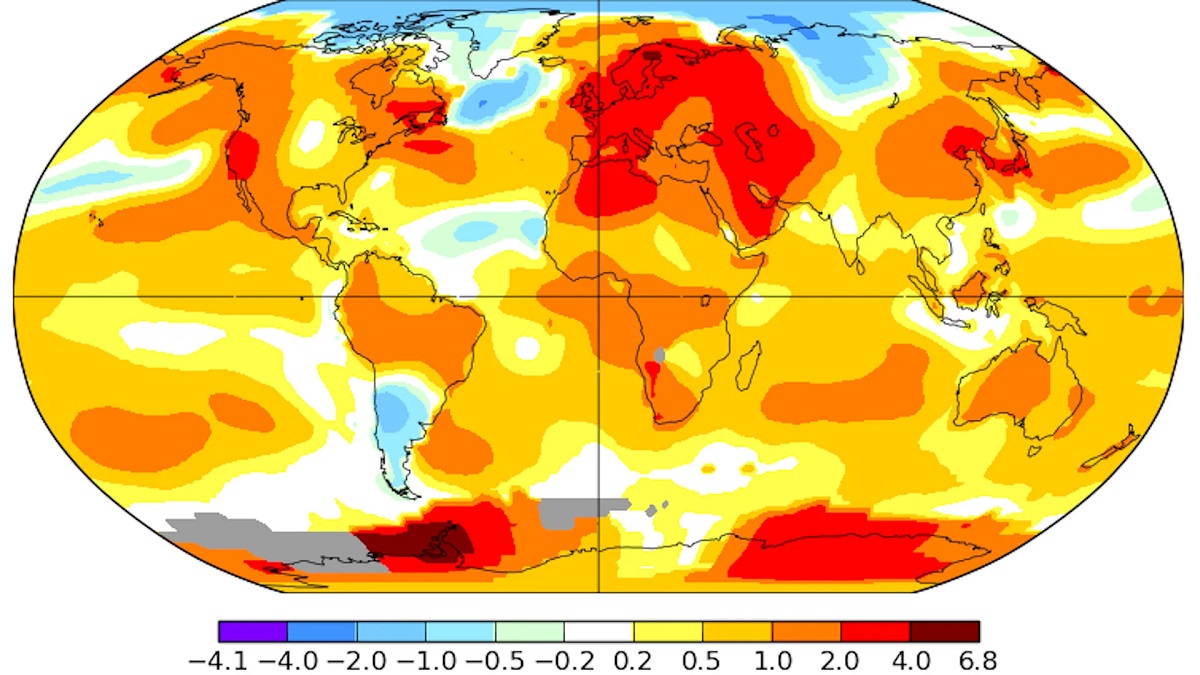Home>Science & Environment>Exploring The Unique Ecosystem Of Estuaries
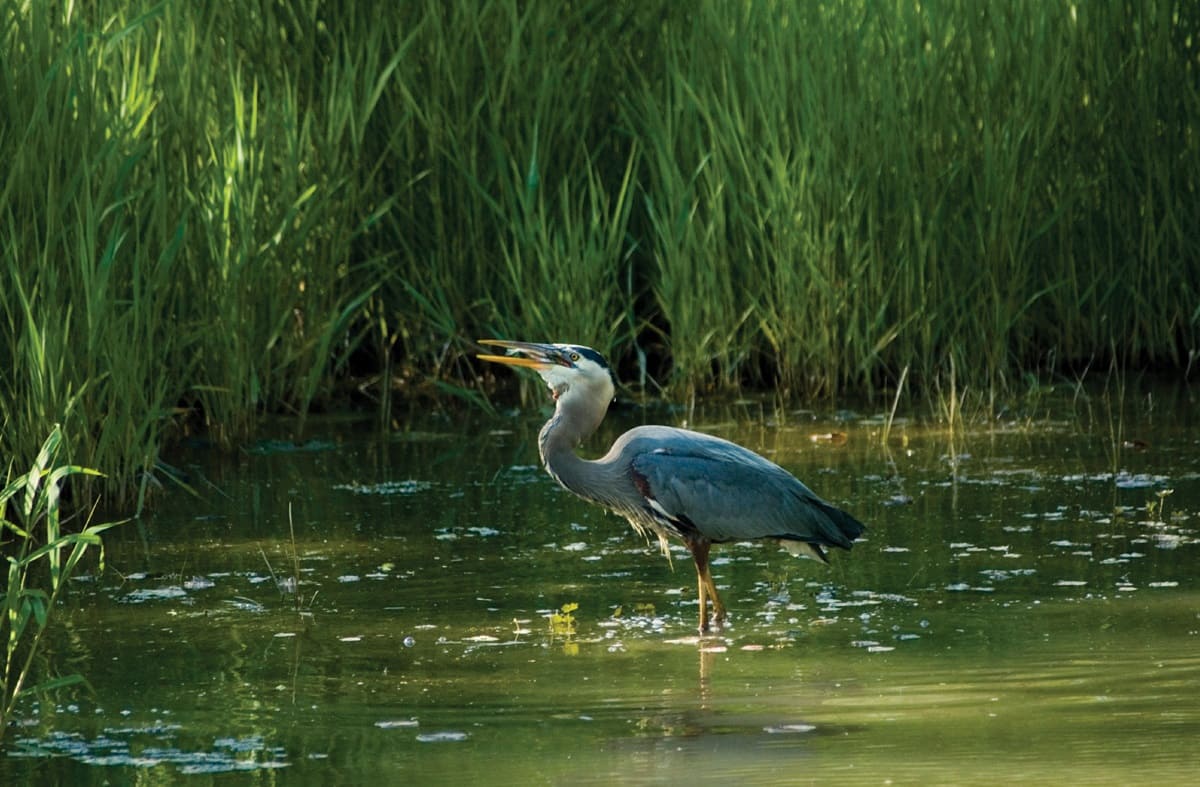

Science & Environment
Exploring The Unique Ecosystem Of Estuaries
Published: February 19, 2024
Discover the fascinating world of estuaries and their diverse ecosystems. Learn about the science and environmental importance of these unique habitats.
(Many of the links in this article redirect to a specific reviewed product. Your purchase of these products through affiliate links helps to generate commission for Temperatures.com, at no extra cost. Learn more)
Table of Contents
The Importance of Estuaries
Estuaries are vital ecosystems that serve as a crucial link between freshwater and marine environments. These unique coastal habitats are of immense importance for various reasons:
-
Nursery for Marine Life: Estuaries provide a safe haven for numerous species of fish, crustaceans, and shellfish during their early life stages. The sheltered waters and abundant food supply make estuaries ideal nurseries for these marine organisms. As a result, many commercially important fish species rely on estuaries for spawning and juvenile development.
-
Biodiversity Hotspots: Estuaries support a remarkable diversity of plant and animal species. The mix of freshwater and saltwater creates a dynamic environment that sustains a wide array of flora and fauna. This rich biodiversity not only contributes to the ecological health of the estuarine ecosystem but also provides valuable resources for human consumption and recreation.
-
Filtration and Nutrient Cycling: Estuaries play a crucial role in filtering pollutants and excess nutrients from the surrounding land and water. The intricate network of marshes, mudflats, and seagrass beds acts as a natural filtration system, helping to improve water quality and maintain the balance of essential nutrients within the ecosystem.
-
Protection from Storms: The vegetation and topography of estuaries serve as natural buffers against storm surges and coastal erosion. The intricate root systems of mangroves and marsh grasses help stabilize the shoreline and reduce the impact of waves, providing a protective barrier for inland areas and human settlements.
-
Recreational and Educational Value: Estuaries offer unique opportunities for recreational activities such as birdwatching, fishing, boating, and nature exploration. Additionally, these ecosystems serve as living classrooms for environmental education and scientific research, fostering a deeper understanding of ecological processes and the interconnectedness of natural systems.
In summary, estuaries are invaluable ecosystems that support a myriad of ecological functions and provide numerous benefits to both wildlife and human communities. Recognizing the significance of these dynamic habitats is essential for their preservation and sustainable management.
Characteristics of Estuarine Ecosystems
Estuaries, often referred to as the "cradles of the ocean," exhibit a distinctive set of characteristics that distinguish them from other aquatic ecosystems. These transitional zones, where freshwater rivers meet the salty sea, boast a dynamic environment shaped by a unique interplay of physical, chemical, and biological factors.
1. Salinity Gradient:
One of the defining features of estuaries is the fluctuating salinity levels. As freshwater from rivers mixes with seawater, a gradient of salinity is established, creating a diverse range of habitats within the estuarine ecosystem. This gradient influences the distribution of flora and fauna, with species adapted to varying salinity tolerances occupying specific niches along the estuarine continuum.
2. Tidal Influence:
Tides play a pivotal role in shaping estuarine landscapes and driving ecological processes. The rhythmic ebb and flow of tides result in constantly changing water levels, exposing intertidal zones and influencing nutrient transport, sediment deposition, and the movement of marine organisms. This tidal influence fosters a dynamic and productive ecosystem characterized by intricate food webs and nutrient cycling.
3. Sediment Dynamics:
Estuaries are dynamic environments where sediment transport and deposition play a fundamental role in shaping the physical structure of the ecosystem. The interaction of river-borne sediments and tidal currents leads to the formation of mudflats, salt marshes, and tidal channels. These sediment dynamics not only contribute to the physical complexity of estuaries but also influence nutrient cycling, habitat availability, and the resilience of the ecosystem to environmental changes.
4. Ecotone Diversity:
Estuarine ecosystems encompass a mosaic of habitats, creating a rich tapestry of ecological diversity. From submerged seagrass meadows to expansive salt marshes and mangrove forests, estuaries harbor a multitude of interconnected habitats that support a wide array of species. This ecotonal diversity fosters complex ecological interactions and provides critical breeding, feeding, and refuge areas for numerous marine and terrestrial organisms.
5. Adaptation and Resilience:
The fluctuating environmental conditions within estuaries have driven the evolution of specialized adaptations among resident species. From osmoregulatory mechanisms that enable organisms to cope with salinity changes to behavioral strategies that exploit tidal rhythms, estuarine flora and fauna have evolved remarkable resilience to thrive in this dynamic environment. This adaptability contributes to the ecological robustness of estuarine ecosystems.
In essence, the characteristics of estuarine ecosystems reflect their dynamic nature and ecological significance. Understanding and appreciating these unique attributes is essential for effective conservation and management efforts aimed at preserving the integrity and biodiversity of these invaluable coastal habitats.
Biodiversity in Estuaries
Estuaries are renowned for their exceptional biodiversity, harboring a remarkable array of plant and animal species that have adapted to thrive in the dynamic interface between freshwater and marine environments. The diverse habitats within estuarine ecosystems, including mudflats, salt marshes, seagrass beds, and mangrove forests, provide a rich tapestry of ecological niches that support a myriad of flora and fauna.
1. Flora Diversity:
Estuarine environments host a diverse assemblage of plant species, each uniquely adapted to the fluctuating salinity levels and tidal influences. Salt marshes, characterized by halophytic vegetation such as cordgrass and glasswort, play a crucial role in stabilizing sediments, filtering pollutants, and providing habitat for numerous invertebrates and fish species. Similarly, mangrove forests, with their intricate root systems and salt-tolerant foliage, offer vital nursery grounds for juvenile fish and provide refuge for a variety of bird species.
2. Fauna Diversity:
The rich mosaic of habitats in estuaries supports an abundance of animal life, ranging from microscopic plankton to charismatic megafauna. Fish species such as salmon, trout, and flounder utilize estuaries for spawning and juvenile development, capitalizing on the sheltered and nutrient-rich waters. Invertebrates, including crabs, mollusks, and shrimp, thrive in the intertidal zones, contributing to the intricate food webs and nutrient cycling within the estuarine ecosystem. Furthermore, estuaries serve as critical stopover points for migratory birds, offering feeding and resting areas during their long journeys.
3. Keystone Species:
Estuaries are home to several keystone species whose presence profoundly influences the structure and function of the ecosystem. For instance, seagrasses act as primary producers, providing food and habitat for a diverse array of organisms while also stabilizing sediments and sequestering carbon. Additionally, filter-feeding bivalves such as oysters and mussels play a pivotal role in improving water quality by removing particulate matter and excess nutrients, contributing to the overall health of the estuarine environment.
4. Ecological Interactions:
The intricate web of ecological interactions within estuaries underscores the interconnectedness of species and habitats. Predatory fish species rely on the abundance of invertebrates for sustenance, while migratory birds depend on the rich feeding grounds provided by estuarine mudflats and marshes. Furthermore, the complex relationships between flora and fauna contribute to the resilience and productivity of estuarine ecosystems, highlighting the importance of preserving biodiversity for the overall health of these dynamic coastal habitats.
In essence, the biodiversity of estuaries is a testament to the ecological richness and complexity of these transitional ecosystems. The intricate interplay of diverse species and habitats underscores the significance of estuaries as vital centers of biological diversity and underscores the need for proactive conservation measures to safeguard these invaluable coastal environments.
Threats to Estuarine Ecosystems
Estuarine ecosystems, despite their ecological significance, face a myriad of threats that jeopardize their integrity and resilience. These threats stem from human activities, natural processes, and the complex interactions between the two, posing significant challenges to the conservation and sustainable management of estuaries.
1. Habitat Loss and Degradation:
The relentless expansion of coastal development, including urbanization, industrialization, and infrastructure projects, has led to the widespread loss and degradation of estuarine habitats. Wetland reclamation, dredging, and shoreline modification have resulted in the destruction of critical marshes, mangroves, and seagrass beds, diminishing the availability of essential breeding, feeding, and refuge areas for numerous estuarine species.
2. Pollution and Contamination:
Estuaries are subjected to various forms of pollution, including nutrient runoff, industrial discharges, and oil spills, which have detrimental effects on water quality and ecosystem health. Excessive nutrient inputs from agricultural activities and urban runoff can lead to eutrophication, causing algal blooms, oxygen depletion, and the deterioration of aquatic habitats. Furthermore, chemical contaminants and microplastics pose significant risks to estuarine organisms, impacting their reproductive success and overall well-being.
3. Overfishing and Habitat Fragmentation:
The overexploitation of fish and shellfish populations within estuaries, driven by commercial and recreational fishing activities, has disrupted ecological balance and depleted key species. Additionally, the construction of dams and barriers along rivers has fragmented migratory pathways, hindering the natural movements of fish and altering the hydrological dynamics of estuarine ecosystems, thereby impacting the connectivity and resilience of these habitats.
4. Climate Change Impacts:
The escalating effects of climate change, including sea level rise, ocean acidification, and extreme weather events, pose significant challenges to estuarine ecosystems. Rising sea levels exacerbate coastal erosion and saltwater intrusion, threatening the stability of estuarine habitats and exacerbating the loss of valuable wetlands. Moreover, the acidification of seawater and the intensification of storm events can have cascading effects on estuarine flora and fauna, disrupting ecological processes and exacerbating the vulnerability of these ecosystems.
Read more: Exploring Colorado’s Winter Weather Patterns
5. Invasive Species and Disease:
The introduction of non-native species and the spread of pathogens pose significant threats to the native biodiversity and ecological balance of estuarine ecosystems. Invasive species can outcompete native flora and fauna, alter habitat structure, and disrupt food webs, leading to cascading ecological impacts. Similarly, the emergence of diseases among estuarine organisms, exacerbated by environmental stressors, can result in population declines and ecosystem destabilization.
In summary, the multifaceted threats facing estuarine ecosystems underscore the urgent need for comprehensive conservation strategies and adaptive management approaches. Addressing these challenges requires concerted efforts to mitigate human impacts, enhance habitat protection, and promote sustainable practices that safeguard the ecological integrity and biodiversity of these invaluable coastal environments.
Conservation and Management of Estuaries
Effective conservation and management strategies are imperative to safeguard the ecological integrity and biodiversity of estuarine ecosystems, ensuring their resilience in the face of mounting environmental pressures. The following measures and approaches are essential for the preservation and sustainable utilization of these invaluable coastal habitats:
1. Habitat Protection and Restoration:
Prioritizing the protection of critical estuarine habitats, including salt marshes, mangroves, and seagrass beds, is fundamental to conserving the ecological functions and biodiversity of estuaries. Establishing marine protected areas and implementing habitat restoration initiatives can help mitigate habitat loss and degradation, providing essential sanctuaries for estuarine species and promoting the recovery of degraded ecosystems.
2. Integrated Coastal Zone Management:
Adopting an integrated approach to coastal zone management is essential for balancing the competing demands of human activities and ecological conservation within estuarine environments. This entails comprehensive land-use planning, zoning regulations, and the incorporation of ecosystem-based management principles to minimize the impacts of coastal development while safeguarding the ecological connectivity and resilience of estuarine ecosystems.
3. Sustainable Fisheries and Aquaculture Practices:
Implementing sustainable fishing practices, such as regulating catch limits, protecting spawning grounds, and minimizing bycatch, is crucial for maintaining the ecological balance and productivity of estuarine fish and shellfish populations. Furthermore, promoting responsible aquaculture practices that minimize environmental impacts and prioritize habitat conservation is essential for ensuring the long-term sustainability of estuarine resources.
4. Pollution Prevention and Remediation:
Mitigating pollution threats through the implementation of effective stormwater management, wastewater treatment, and pollution control measures is essential for safeguarding water quality and ecosystem health within estuaries. Additionally, remediation efforts to address legacy pollution and the restoration of contaminated sites can help alleviate the impacts of pollutants on estuarine flora and fauna, fostering the recovery of degraded habitats.
5. Climate Resilience and Adaptation:
Building resilience to climate change impacts, such as sea level rise and extreme weather events, is critical for the long-term viability of estuarine ecosystems. This involves integrating climate adaptation strategies into estuarine management plans, enhancing coastal resilience through natural infrastructure solutions, and promoting the conservation of carbon-rich habitats, such as mangroves, to mitigate the effects of climate change on estuarine environments.
6. Community Engagement and Education:
Engaging local communities, stakeholders, and the public in estuarine conservation efforts is essential for fostering stewardship and promoting sustainable resource use. Community-based monitoring programs, environmental education initiatives, and partnerships with indigenous and traditional knowledge holders can enhance public awareness and support for estuarine conservation, fostering a sense of shared responsibility for the protection of these vital coastal ecosystems.
In essence, the conservation and management of estuaries require a holistic and collaborative approach that integrates ecological, social, and economic considerations. By implementing proactive conservation measures, promoting sustainable practices, and fostering community engagement, it is possible to ensure the long-term viability and ecological resilience of estuarine ecosystems for future generations.
